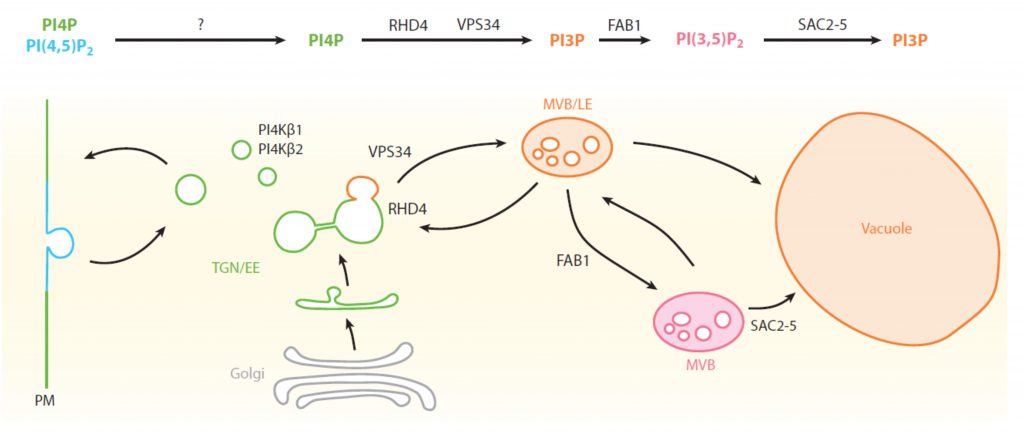
Review: Functions of anionic lipids in plants (Annu. Rev. Plant Biol.)
Plant Science Research WeeklyMoving materials within and out of cells requires that membranes carry identification labels, but when the membrane itself moves, that ID label must be updated. These requirements are met ingeniously by the anionic lipids, which are both a modifiable information system and simultaneously modify the physicochemical…
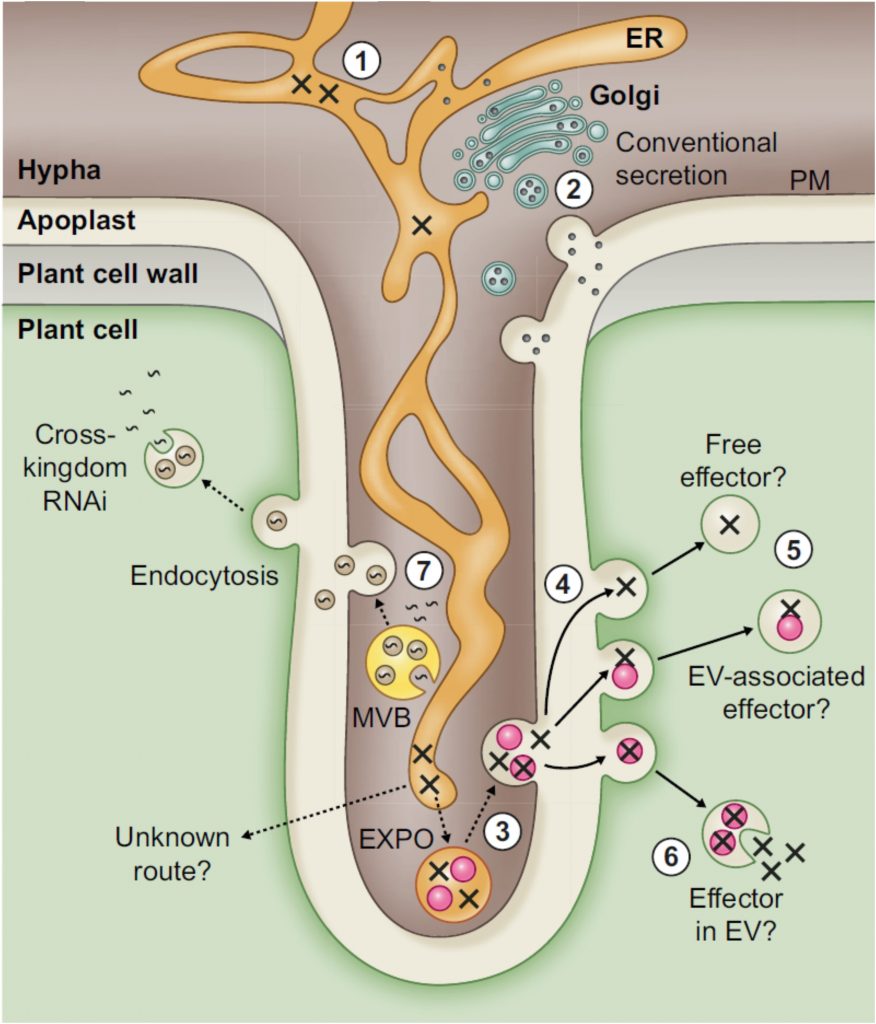
Review: Devastating intimacy: the cell biology of plant–Phytophthora interactions (New Phytol)
Plant Science Research WeeklyPhytophthora are plant-destroying oomycetes. Within this genus are several infamous disease-causing agents: P. infestans of the potato late-blight fame, P. sojae of soybean root rot, P. ramorum of sudden oak death, and many other lesser-known species. This fine new review by Boevink et al. explores the…
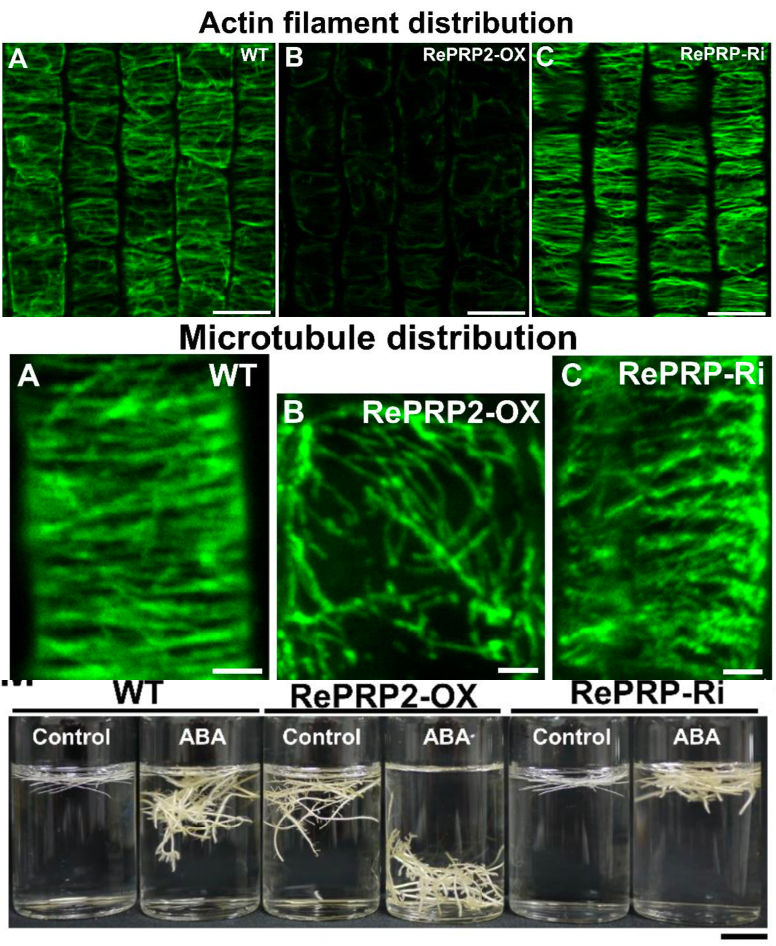
“Order by disorder”- intrinsically disordered proteins (Plant Physiol.)
Plant Science Research WeeklyIntrinsically disordered proteins (IDP) have repetitive protein sequences but lack a defined 3D structure and are deployed to do some challenging functions that a protein with a defined 3D structure cannot perform. One such IDP, Oryza sativa REPETITIVE PROLINE-RICH PROTEIN (OsRePRP) is involved in inhibiting…
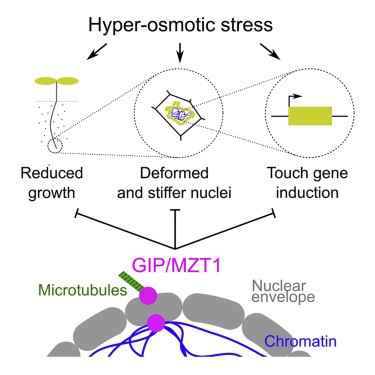
Mechanical shielding in plant nuclei (Curr. Biol.)
Plant Science Research WeeklyThe nucleus is an organelle with tremendous shape flexibility in response to environmental cues; it has been described as the “plastic, elastic, and fantastic” organelle. The change in nuclear geometry based on mechanical stress is well documented from single cell studies in culture, but the question…
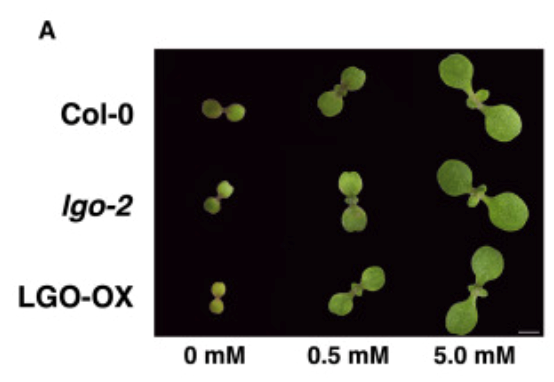
Nitrate defines shoot size through compensatory roles for endoreplication and cell division (Curr. Biol.)
Plant Science Research WeeklyIn this paper, Moreno et al. investigate how nitrate affects the balance between cell proliferation and cell expansion in shoots during early seedling development. They note that the cells in Arabidopsis cotyledons undergo considerable enlargement, and that the increase in cell size is correlated with…
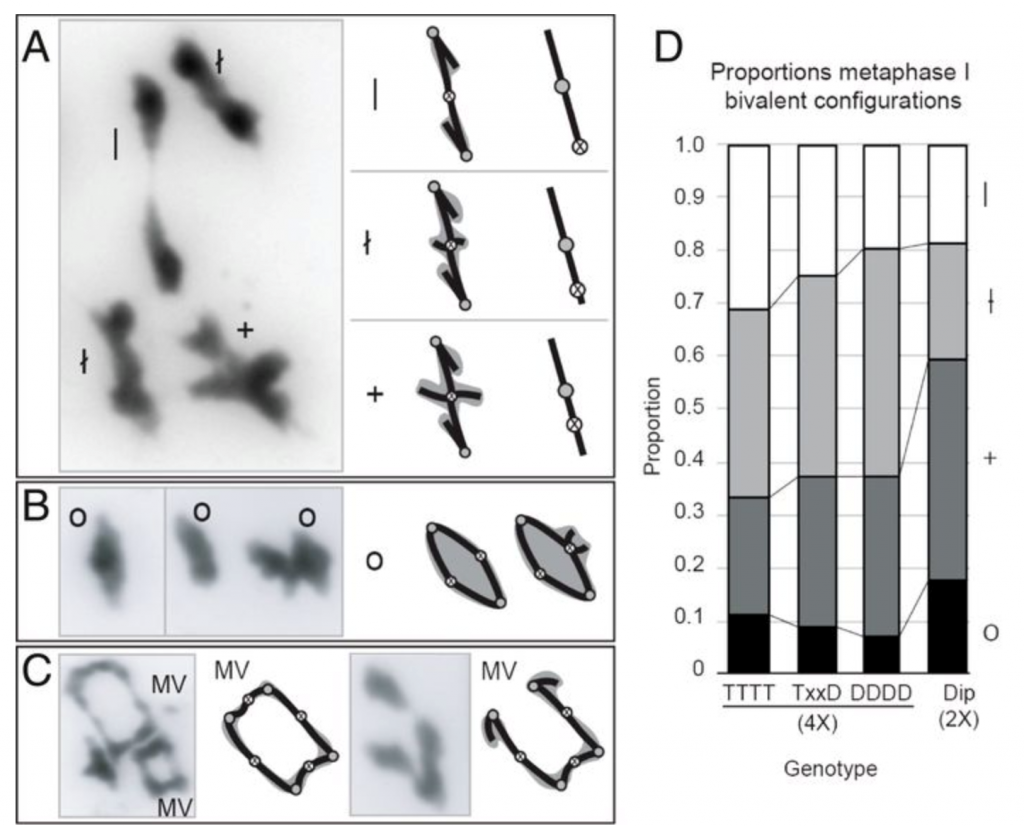
Evolution of tetraploid meiosis (PNAS)
Plant Science Research WeeklyGenome duplications are common in plants and thought to be an important contributor to evolutionary innovations, but the increase in ploidy that results from a genome duplication also presents challenges for reproduction. Because there are four sets of homologous chromosomes in the derived tetraploid…

How to transfer lipids from one membrane to another during thylakoid biogenesis (PNAS)
Plant Science Research WeeklyThe thylakoid membranes are located in the stroma of chloroplasts and house the machinery for the photosynthetic light reactions. They emerge largely de novo during the transition from pro-plastids into mature, photosynthesizing chloroplasts. Generating new thylakoid membranes requires a supply of lipids,…
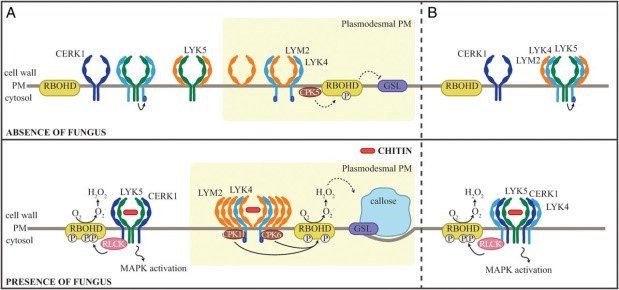
Self-isolation to the rescue – how plasmodesmata initiate signaling in response to chitin (PNAS)
Plant Science Research WeeklyPlant cells are known to initiate local and systemic signaling in response to certain stressful conditions to safeguard cells in the immediate vicinity as well as that are far from the site of stimuli. In this study, Cheval and co-workers have characterized a pathway in plant cells for sensing and responding…
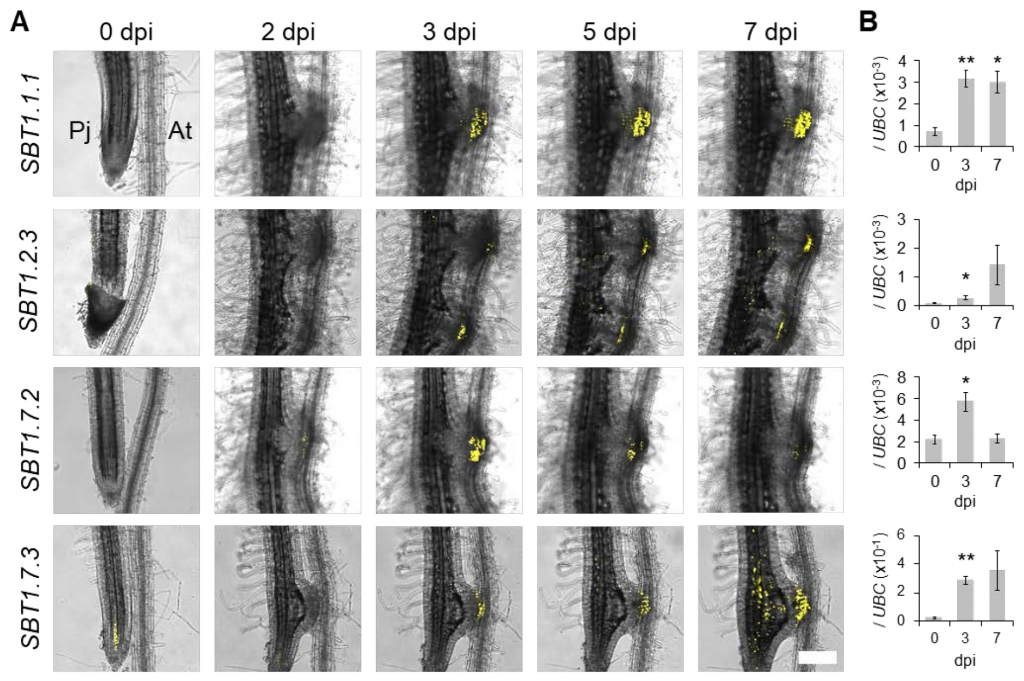
Subtilase activity in intrusive cells mediates haustorium maturation in parasitic plants (bioRxiv)
Plant Science Research WeeklyParasitic plants develop unique structures called haustoria that penetrate into the host plant vasculature, from which they take nutrients. During this process, haustorial epidermal cells differentiate into specialized cells called intrusive cells, which eventually re-differentiate into a xylem bridge…

